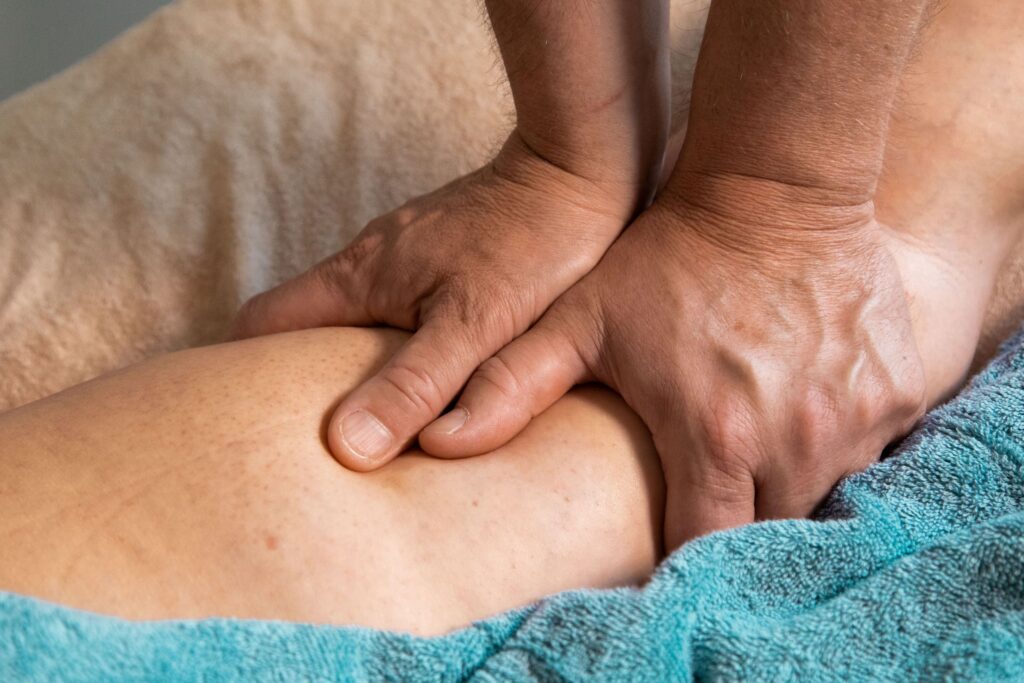More than half of people over 40 develop some kind of lower limb varicose veins, according to research. But there are venous insufficiency stages , so early-stage sufferers may not experience any symptoms. But what are the stages? According to the Clinical Etiology Anatomy Pathophysiology classification, stages progress from C0, or no visible vein disease symptoms, to C1, with noticeable spider veins. C2 is when varicose veins appear; at C3, you could develop edema. And at the final stage, C6, you may develop leg ulcers.
Because vein disease is progressive, untreated concerns will worsen. As such, it's important to notice earlier venous insufficiency symptoms and seek prompt intervention. Here's what you need to know.

Vein disease progresses in the following stages.
STAGE 1: Small red or blue veins become visible beneath the skin. Though small, these indicate that valve function within the veins has been compromised.
STAGE 2: Symptomatic varicose veins develop, with pain, inflammation, leag heaviness or itchy skin becoming possible.
STAGE 3: Legs and ankles swell due to pooling blood. Skin may tighten or appear leathery.
STAGE 4: Skin color changes may result from blood pooling, particularly around the ankles and calves.
STAGE 5: Leg ulcers may develop.
STAGE 6: Venous stasis ulcers may cause bleeding, fluid or pus leakage. Your skin could give off a bad odor, and you'll be at increased risk for infection or amputation.
Look for the following signs of progressing venous insufficiency stages, and seek treatment at the first sign of changes:
Ideally, if you spot symptoms of venous insufficiency stages early on, you can find effective relief from minimally invasive vein treatments. To learn more about your options, reach out to our experts to request a consultation !

Atlanta
3225 Cumberland Blvd. Southeast, Suite 520
Atlanta, GA 30339
Stockbridge
1035 Southcrest Dr., Suite 220 + 250
Stockbridge, GA 30281
Tucker
1975 Lakeside Pkwy., Suite 300
Tucker, GA 30084
Scheduling
Please contact our dedicated specialists to schedule a consultation today.
2025 Georgia Endovascular. All rights reserved. Website Design by Healthcare Success